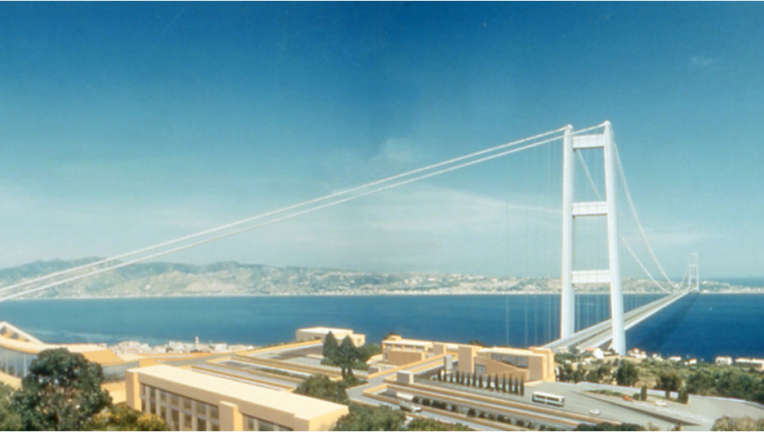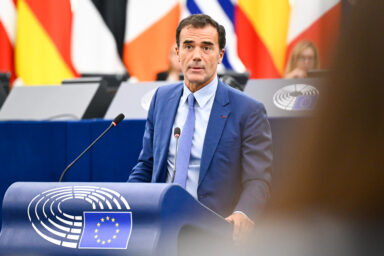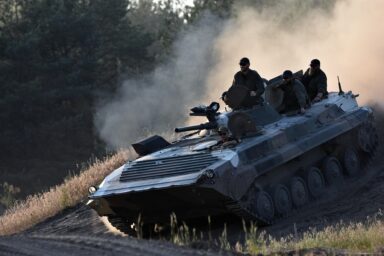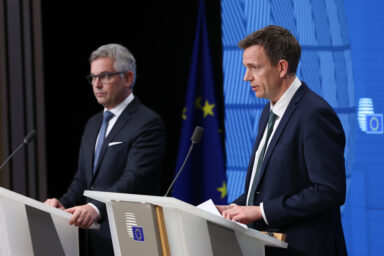Though Nato leaders endorsed an ambitious five per cent defence spending target at the Hague summit in late June, it remains unclear what kind of “military-related infrastructure” is eligible within this framework. Italy has recently revived the idea of a costly bridge linking the mainland with the island of Sicily on the grounds that it could, in theory, become part of a Nato “military axis”.
The Russian military threat can soon have unforeseen consequences. Throughout Europe, plans are emerging for large-scale projects that would otherwise never come into existence. Reason: Nato members— most of which are also EU members—commited to ramp up military spending. They may spend part of it, up to 1.5 per cent of GDP, on so-called Nato-related projects. Those can include infrastructure, cyber defence, hospitals, etc.
The trouble is that, so far, the terms “military-related” or “Nato-related” await practical definitions. Some Nato countries had voiced their concerns during the Hague summit; just a few days later, Italy made public a highly creative contribution. Rome now wants to build a giant bridge spanning the Strait of Messina, linking the Italian mainland with Sicily, and wants to class it as part of what it terms “military axis”. In other words, in Italy’s eyes, the money spent on the bridge would become part of the 1.5 per centportion of the Nato target.
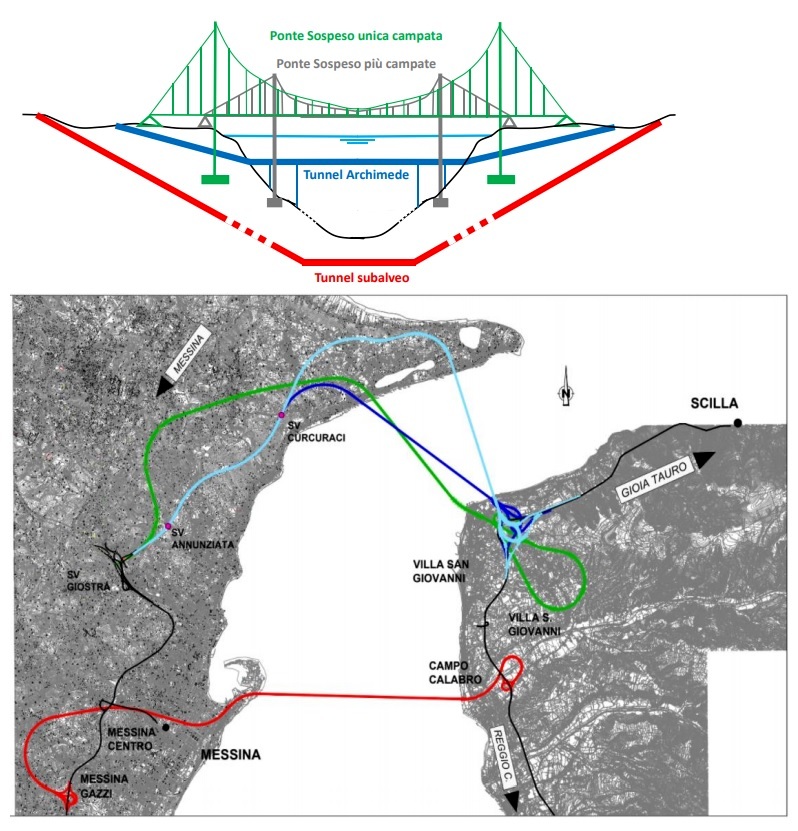
Not only that. The Italian right-wing government, though having stressed that so far that no final decision has been made, also hopes that the expensive bridge would be eligible for EU cofinancing. Rome talks about including the bridge into the EU financing plan for the mobility of military personnel and materiel.
Ancient Romans to Silvio Berlusconi
The idea of linking Calabria and Sicily is some 2,000 years old. The first to envisage it were the ancient Romans (when Sicily served as a bread-basket of the Empire). Much later, the idea enjoyed the support of the Italian fascist leader Benito Mussolini. More recently, the late PM Silvio Berlusconi became a strong advocate of such a bridge.
We will focus on infrastructure that also has civilian uses, such as the bridge over the Strait of Messina, which falls within the concept of defense given that Sicily is a NATO platform. – Antonio Tajani, Italian Minister of Foreign Affairs
The idea has now strong supporters among the currently serving Italian politicians including Antonio Tajani, Minister of Foreign Affairs, and Matteo Salvini, Minister of Infrastructure and Transport. The former even proposed naming the bridge after Berlusconi, while Mr Salvini “hopes that the final decision will be made in July”.
Bridge to nowhere?
Italian opposition parties, i.e., mostly those on the centre-left and left-wing, are against the project. Similar voices are coming from the local communities as well. Many point to the very high costs associated with the about 3.5-kilometre long bridge. Current estimates fluctuate around €14bn. Local geological conditions are also problematic as the region is prone to seismic activity including earthquakes. As recently as 1908, a large quake totally destroyed the city of Messina.
Another concern is that the expensive bridge would probably be of little help to local economy as it would connect two rather poor regions (Calabria and Sicily) that have nothing to offer to each other. “The population of Sicily and Calabria suffers from inadequate water infrastructure, potholed roads, and third-world hospitals. The bridge over the Strait can not be a priority,” MEP Giuseppe Antoci (The Left/ITA), member of the left-wing populist 5Star Movement, said recently.
